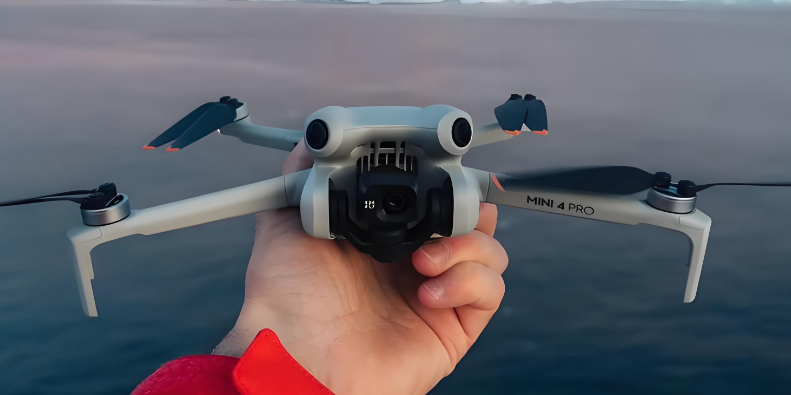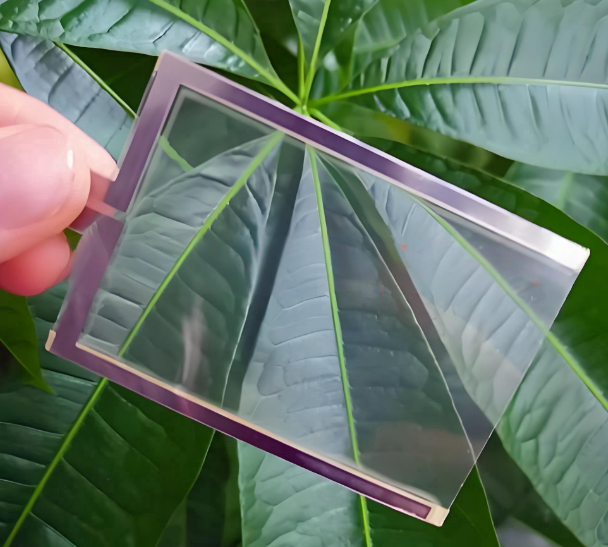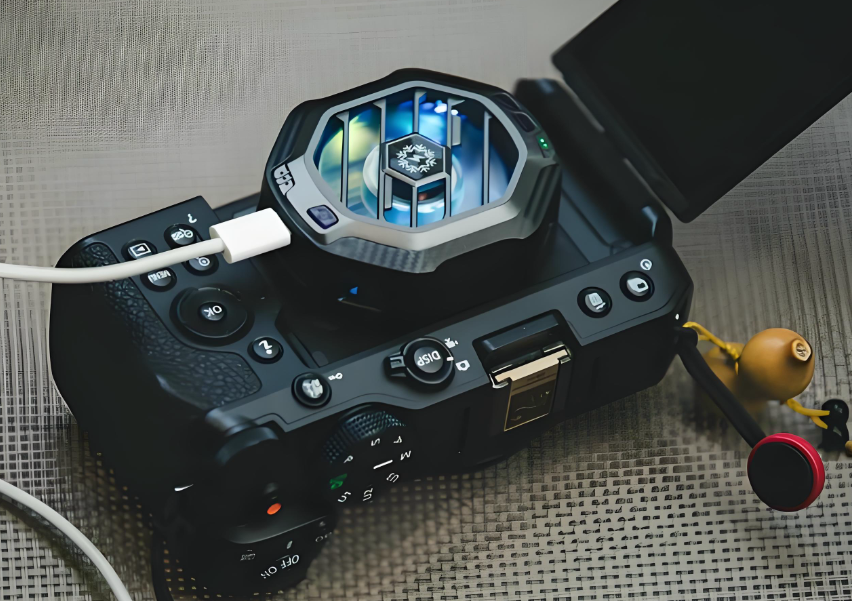Drone cameras often face sudden fogging when flying through changing temperatures, clouds, and humid air. A clear lens can turn blurry in seconds, and once that happens, the image loses detail and becomes less reliable. For inspection drones, mapping drones, public safety UAVs, and industrial platforms, a fogged camera can disrupt mission results and reduce safety.
This article explains why drone lenses fog so easily, how it affects UAV missions, and how transparent heating film offers a stable and lightweight defogging solution for drone cameras in all kinds of weather.

Drone cameras face huge temperature and humidity changes. When a UAV takes off, climbs in altitude, or enters cold air, the lens surface cools down quickly. Warm moist air inside the gimbal or around the lens turns into tiny water droplets. Fog appears within seconds as well.
Fog exists in everywhere, you may see fog in these conditions:
Even a sealed gimbal cannot avoid internal moisture completely, because small temperature changes are enough to cause condensation.
A fogged camera affects more than sharpness. It hides details, lowers contrast, and reduces confidence in the captured data. For inspection tasks, fog can hide cracks, corrosion spots, or loose parts that engineers need to locate.
Mapping drones also depend on crisp ground texture. Fog softens edges and reduces image quality, which creates gaps in the final map. For security and surveillance drones, a fogged camera disrupts tracking, recognition, and threat identification. Thermal cameras lose contrast and temperature accuracy when the protective window fogs.
At night, fog also distorts lights and makes exposure control unstable. This makes it harder for the operator to judge distance and brightness. Any loss of clarity affects both mission performance and flight safety.

Actually, though many UAV systems use sealed or semi-sealed gimbals. But “sealed” does not mean “fog-proof.” A Moisture can enter during battery changes, outdoor storage, or simply through pressure changes during altitude shifts. Once moisture is inside, it stays trapped until controlled drying removes it.
During flight, the front lens cools first because it directly faces the airflow. And the rest of the gimbal remains warmer. This temperature difference creates an internal dew point, and fog forms inside the lens cover. It can happen even if the drone never flies through rain or visible fog.
This is why many drones experience fogging without any obvious weather issue — the problem often comes from the gimbal’s micro-climate, not the outside environment.
Drone users often try simple anti-fog solutions, but most are not designed for UAV flight conditions.
● Anti-fog coatings
They work at first but fade fast under strong airflow. Once the coating wears off, fog returns immediately. Scratches also weaken the effect.
● Manual wiping
It only helps before takeoff. The moment the drone climbs into cooler air, condensation forms again.
● Heating modules inside the gimbal
They exist on some high-end drones but add weight, take up space, and use significant power. Small drones cannot support them.
● Heated glass panels
Too heavy and slow to warm up. Not suitable for lightweight UAV platforms.
Drones need something thin, light, fast, and efficient — something built specifically for optical surfaces that face cold air at high speed.
Transparent heating film warms the surface evenly, keeping it above the dew point so fog cannot form. Typical heating film reaches the target temperature in 3–10 seconds, depending on size and voltage.
Key performance data
Because heating is uniform, the image remains stable and free of distortion.
The transparent heater film can be applied directly on:
This makes it the most practical solution for drone camera engineers.

Transparent heating film brings several important benefits to drone operators:
For drones used in inspection, mapping, monitoring, and rescue tasks, these advantages significantly improve mission confidence and consistency.
Drone applications require strict performance features:
A well-designed transparent heater keeps the lens clear even during rapid direction changes and long flight durations.
Transparent heating film can be applied in several ways depending on the drone design.
It can be placed directly on the gimbal’s front window, laminated between protective layers, or shaped into small rings that fit around the lens. For compact drones, custom-cut heaters allow precise installation without affecting the gimbal balance.
Installation is simple. After cleaning the glass, the heater is applied smoothly, and the connector is routed to a small controller. The controller maintains the correct surface temperature to prevent fog and condensation throughout the flight.

Danyu Electronics provides custom transparent heating films for UAV makers, camera developers, and gimbal designers.
We offer:
If you build drones for inspection, mapping, public safety, agriculture, security, or industrial tasks, our transparent heating film helps your camera stay clear in every flight condition.
1. How long does the heater last?
Most heaters work for thousands of hours. They are stable and need very little maintenance.
2. Can it survive strong wind during flight?
Yes. The film is bonded tightly to the window and tested under strong airflow.
3. How to choose the correct power rating?
We will check your window size, flight environment, and power supply to suggest the best value.
4. Can heating film be retrofitted on existing drones?
Yes. Most drones can be upgraded without changing the gimbal design.
5. Does the heater affect gimbal balance?
No. The film is extremely light and does not change the center of gravity.
Simply drop your email or phone number in the contact form, and we'll promptly reply you shortly.